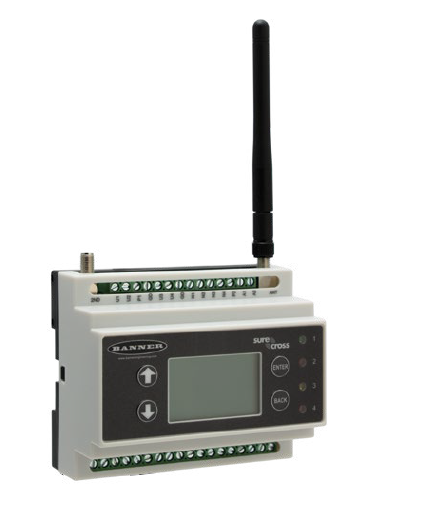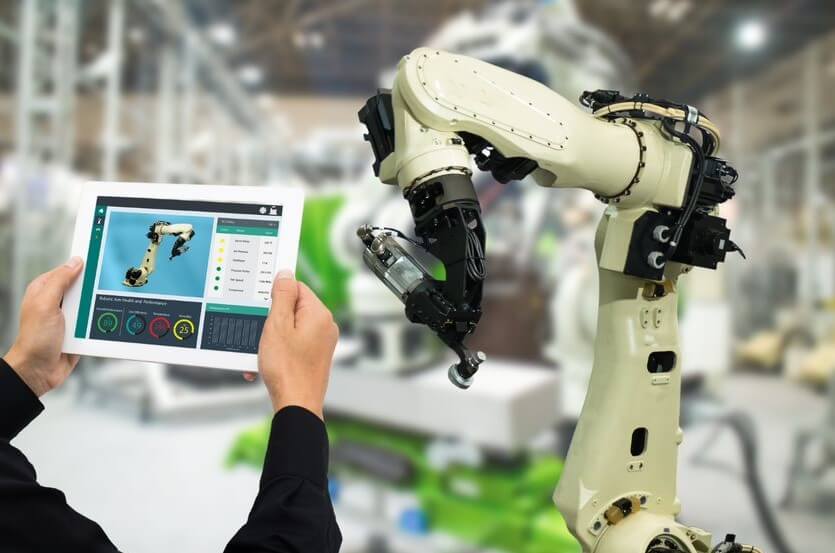Wireless Automation: Unlocking Flexibility with Industrial Wireless Products – As the pace at which technology is evolving, industries are left behind. One of the transformative trends that will redefine the landscape of manufacturing and logistics is certainly going to be wireless automation. As the objective of institutions is about achieving efficiency, minimizing cost in operations, and responding promptly to changing market conditions, it has become more pertinent to become industrial wireless products conscious. This blog post discusses why wireless automation matters, including key components, and how companies like Unseen Era are making the case and offering innovative wireless products to spearhead a revolution in the process of industrialization.
Rise of Wireless Automation
Today, industrial applications led to the discovery of what may be considered an indispensable tool known as wireless automation. In traditional manufacturing and industrial settings, the only established method of connectivity was through wired connections, thus restricting flexibility and adaptability on most occasions. Scaling operations and effecting rapid changes were challenging with the use of wired systems, but this can now be achieved for industries using the wireless application of technology.

Wireless automation refers to the use of wireless communication technologies to monitor, control, and optimize industrial processes. This trend ensures not only that there is smooth operation but also that real-time data collection and analysis are made available so that informed decisions can be made by organizations. With the ever-increasing emphasis by companies on adhering to the principles of Industry 4.0, wireless automation and advanced products for wireless form a significant driver in smart factory creation and a connected supply chain.
Key Components of Wireless Automation
- Wireless Sensors and Devices: The role that wireless sensors play in most industrial processes’ data acquisition is very critical. Such devices can be put up to measure temperatures, pressures, and humidity, among other things, with no restrictions on any wires. Companies can place them in out-of-reach areas so that this has a granular monitoring effect while reducing manual data acquisition activities.
- Internet of Things: The Internet of Things has contributed much to the evolution of wireless automation. It allows devices to connect with the internet and creates the possibility for an organization to acquire real-time data from all aspects of the operation, hence improving the decision that has been taken. Its offerings in wireless provide seamless integration with the systems that have already been in place, creating a holistic environment that drives operational efficiency.
- Wireless Communication Protocols: There are many wireless communication protocols, for example, Wi-Fi, Bluetooth, Zigbee, and LoRaWAN that support reliable and secure data transmission. All the above protocols help in seamless data transfer between devices, and they can work in challenging industrial environments. Choosing the right protocol depends on the application’s special requirements, for example, range, rate of data transmission, and the amount of power consumed.
- Wireless Centralized Management Systems: The management systems, usually based on complex analytics and machine learning algorithms, help organizations monitor their wireless networks in realtime. These systems ensure more predictability with a minimal amount of downtime. Through data analytics, businesses are better placed to allocate resources, therefore seeing generalized productivity.
Benefits of Wireless Automation
- Enhanced Flexibility: One of the main advantages of a wireless automation system is the ease by which flexibility in such a system is offered. For instance, it would be quite easy for companies operating a wireless system to change layout, add on new machines, or even shift equipment without much rewiring. That is much more important in this day’s marketplace because businesses need to respond quickly to changing demands.
- Cost efficiency: though the investment in wireless technology would be regarded as very high in initial costs, long-term cost-saving is very evidently apparent. Much pounds of wiring involved for some automation processes are reduced to such an extent that is scarcely known, the installment costs are lower, and it abolishes all costs of maintenance. In addition, remote monitoring of equipment performance can save such breakage at great cost and can prolong the life of those machines.
- Improved Safety: The absence of hard wiring in hazardous environments means that the wireless automation system promotes workplace safety. There are no dangers such as tripping over cables so the employee can concentrate on his work without being worried about the dangers of electrical hazards. Moreover, real-time monitoring quickly identifies a potential site of safety risks so that interventions can be made at an early stage.
- Real-Time Data Insight: Wireless automation allows the realization of real-time data insight for organizations, enabling the right decision at the right time. It is by deep study, by wireless sensors-collected data that companies can understand trends and ensure that process optimization takes place and necessary measures are adopted to improve overall operational efficiency because this goes on to drive productivity and continuous improvement through data.
Unseen Era: Visionary Wireless Automation Solutions
Leading this revolution are products of the Unseen Era company, dedicated to staying at the very forefront of innovative industrial wireless products with quality, reliability, and perfect customer satisfaction at the top of the priority list.
Unseen Era encompasses a comprehensive range of wireless automation solutions that have been distinctly tailored to serve the exact needs of various industries. Ranging from wireless sensors and Internet of Things devices to the central management system, solutions help organizations open up to flexibility and cater to maximum performance. With Unseen Era, research and development are at the core, pushing the limits of wireless technology while ensuring clients aren’t left lagging behind the game.
FAQs regarding Wireless Automation: Unlocking Flexibility with Industrial Wireless Products
1. What is wireless automation?
Wireless automation refers to the use of wireless communication technologies in observing and controlling industrial processes without any use of physical wiring.
2. What are industrial wireless products?
Industrial wireless products include devices such as wireless sensors, IoT appliances, and communication systems, which help in offering the possibility of remote observation and management to optimize operational efficiency.
3. How does wireless automation increase flexibility?
Wireless automation is highly flexible because it can be changed very easily without needing to rewire the industrial layout and new equipment installations, which proves helpful in changing business needs.
4. How does wireless automation provide cost advantages?
Wireless automation installation costs are higher, but due to this automation mode, installation costs can be saved, wiring expenses reduced considerably, and maintenance costs decrease significantly with time.









 Call
Call Whatsapp
Whatsapp Contact Us
Contact Us